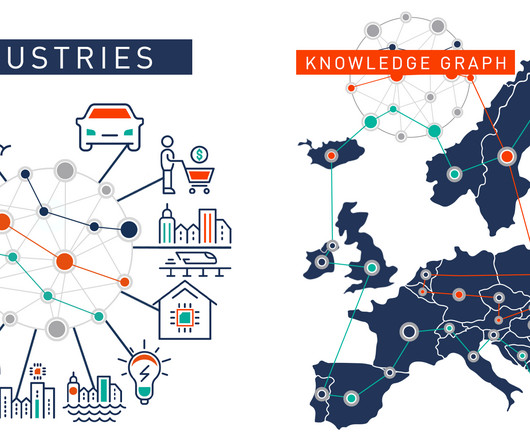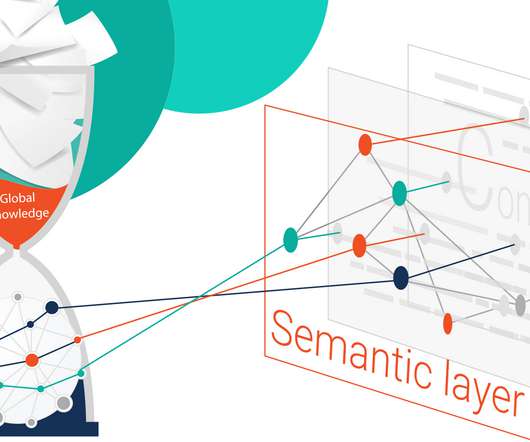Are You Content with Your Organization’s Content Strategy?
Rocket-Powered Data Science
JULY 6, 2021
So, there must be a strategy regarding who, what, when, where, why, and how is the organization’s content to be indexed, stored, accessed, delivered, used, and documented. Labeling, indexing, ease of discovery, and ease of access are essential if end-users are to find and benefit from the collection. Do not forget the negations.














Let's personalize your content